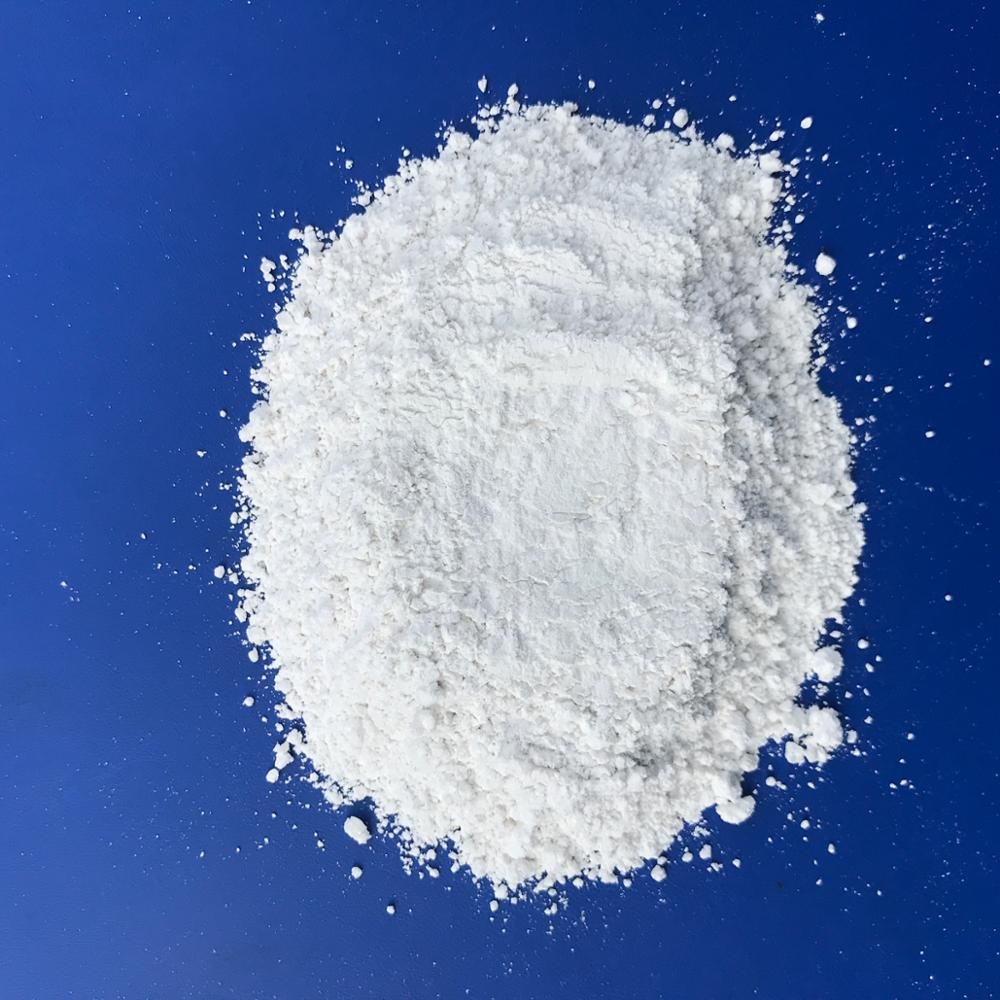Seashells are fascinating natural structures, showcasing nature’s ability to create strength and beauty from simple materials. One of the key ingredients in this process is calcium carbonate. This mineral plays a crucial role in forming the hard, protective shells of marine creatures.
What is Calcium Carbonate?
Calcium carbonate is a common substance found in rocks and minerals. It exists in various forms, such as chalk, limestone, and marble. The compound is also present in seashells, where it provides strength and durability. The primary source of calcium carbonate is through mining and processing by a calcium carbonate manufacturer in India.
How Does Calcium Carbonate Strengthen Seashells?
Seashells are made from a combination of calcium carbonate and organic materials. The calcium carbonate forms a mineral structure called aragonite, which is a form of calcium carbonate with a different crystal structure than calcite. This structure contributes to the shell’s strength and resilience.
The seashell formation begins when marine creatures secrete a protein matrix that forms the base of the shell. Calcium carbonate is then deposited onto this matrix in layers. The mineral’s crystalline structure interlocks in a way that enhances the shell’s ability to withstand physical stress and damage from predators and environmental factors.
The Process of Shell Formation
The process of shell formation is both intricate and fascinating. Marine organisms, such as mollusks and crustaceans, use calcium carbonate powder in their shells. They extract calcium carbonate from seawater, where it is abundant in dissolved form. The calcium carbonate is then transformed into solid crystals through a biological process.
- Calcium Absorption: Marine creatures absorb calcium ions from seawater.
- Crystallization: These ions combine with carbonate ions to form calcium carbonate crystals.
- Layering: The crystals are deposited in layers, forming the shell’s hard exterior.
The Role of Calcium Carbonate Powder
Calcium carbonate powder is used in various applications, including the manufacturing of seashells. It serves as a raw material in the production process, ensuring that the final product is strong and durable. In addition to its role in nature, this powder is essential in many industrial applications.
Industrial Uses and Benefits
Calcium carbonate is not only vital for the marine ecosystem but also has significant industrial importance. It is used in construction, as a filler in products like paints and rubber, and in the agricultural sector. The versatility of calcium carbonate powder makes it a valuable resource.
Environmental Considerations
The extraction and use of calcium carbonate have environmental impacts. It is important to manage these activities sustainably to ensure that natural resources are not depleted and ecosystems are preserved. Calcium carbonate manufacturers in India and worldwide are increasingly adopting eco-friendly practices to mitigate these effects.
Conclusion
Calcium carbonate is a remarkable substance that plays a crucial role in the strength and durability of seashells. Its ability to form strong crystalline structures helps marine creatures build protective shells essential for their survival. Beyond its natural role, calcium carbonate powder has widespread industrial applications, highlighting its versatility and importance. Understanding this mineral’s impact on both nature and industry provides insight into how simple materials can create complex and strong structures.

